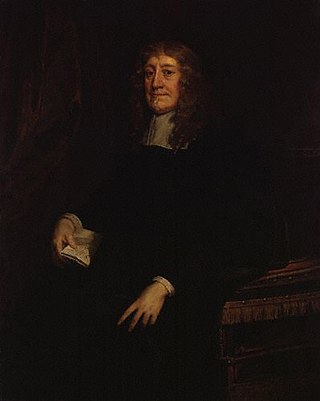
Tabley House is an English country house in Tabley Inferior, some 3 kilometres (1.9 mi) to the west of the town of Knutsford, Cheshire. The house is recorded in the National Heritage List for England as a designated Grade I listed building. It was built between 1761 and 1769 for Sir Peter Byrne Leicester, to replace the nearby Tabley Old Hall, and was designed by John Carr. The Tabley House Collection exists as an exhibition showcased by the University of Manchester.

Carlton Curlieu is a small village and civil parish in the Harborough district of Leicestershire, about eleven miles south-east of Leicester city centre, and not far from Kibworth.

Coade stone or Lithodipyra or Lithodipra is stoneware that was often described as an artificial stone in the late 18th and early 19th centuries. It was used for moulding neoclassical statues, architectural decorations and garden ornaments of the highest quality that remain virtually weatherproof today.

Burton Agnes Hall is an Elizabethan manor house in the village of Burton Agnes, near Driffield in the East Riding of Yorkshire, England. It was built by Sir Henry Griffith in 1601–10 to designs attributed to Robert Smythson. The older Norman Burton Agnes Manor House, originally built in 1173, still stands on an adjacent site; both buildings are now Grade I listed buildings.

Sir Geoffrey Palmer, 1st Baronet, SL was an English lawyer and politician.

East Carlton is a village and civil parish in the county of Northamptonshire, on the southern ridge overlooking the Welland valley to the north and covers 1,645 acres (666 ha) on a long strip of land. It is 2 miles (3.2 km) west of the town of Corby and is administered as part of North Northamptonshire but was previously in the Corby borough until 2021. At the time of the 2001 census, the parish's population was 270, reducing to 259 at the 2011 census. East Carlton is one of the Thankful Villages that suffered no fatalities during World War I.

Oakley Hall is an early 18th century 14,929 sf mansion house at Oakley, Staffordshire, England, in the parish of Mucklestone, near the Shropshire town of Market Drayton. It is a Grade II* listed building.

Maple Hayes is late 18th century manor house, now occupied by a special needs school, near Lichfield, Staffordshire. It is a Grade II listed building.
Ladbroke Hall is an 18th-century English country house at Ladbroke, near Southam, Warwickshire. It is a Grade II listed building and is now divided into apartments.

Parwich Hall is a privately owned 18th-century mansion house at Parwich, near Ashbourne, Derbyshire Dales. It is a Grade II* listed building.

Amington Hall is an early-19th-century former country house at Amington, near Tamworth, Staffordshire, which has been converted into residential apartments.

The Bale Baronetcy, of Carleton Curlieu in the County of Leicester, was a title in the Baronetage of England. It was created on 3 November 1643 for John Bale of Carlton Curlieu Hall, Leicestershire, who had been High Sheriff of Leicestershire in 1624. The title became extinct on his death before 1654.

Stockerston Hall is a late-18th-century English country house in Leicestershire, near the town of Uppingham, Rutland. It is a Grade II listed building.

Shenton Hall is a country house, opposite the church of St John the Evangelist, within the village of Shenton, in Leicestershire, England. It is recorded in the National Heritage List for England as a designated Grade II* listed building.

Osbaston Hall is a privately owned 18th-century country house at Osbaston, Leicestershire. It is the home of the de Lisle family and a Grade II* listed building.

Lockington Hall is a 17th-century country house, much improved and extended in later centuries, situated at Main Street, Hemington, Lockington, Leicestershire, and now converted to use as offices. It is a Grade II listed building.

Skeffington Hall is a 15th-century Manor House which stands in parkland off the main street of the village of Skeffington, Leicestershire, England. It is a Grade II* listed building and is privately owned.

Cold Overton Hall is a country house in the village of Cold Overton, Leicestershire, England. Built c. 1664 for John St John, it is a Grade I listed building.
Sir Geoffrey Palmer, 3rd Baronet (1655–1732) of East Carlton Hall, Northamptonshire was a British landowner and Tory politician who sat in the House of Commons from 1708 to 1722

The Palmer Baronetcy, of Carlton in the County of Northampton, was created in the Baronetage of England on 7 June 1660 for the lawyer and politician Geoffrey Palmer. The second Baronet was Member of Parliament for Higham Ferrers. The third, fourth and fifth Baronets all represented Leicestershire in the House of Commons. The fifth Baronet served as High Sheriff of Leicestershire in 1782 and the eighth Baronet as High Sheriff of Northamptonshire in 1871.


















